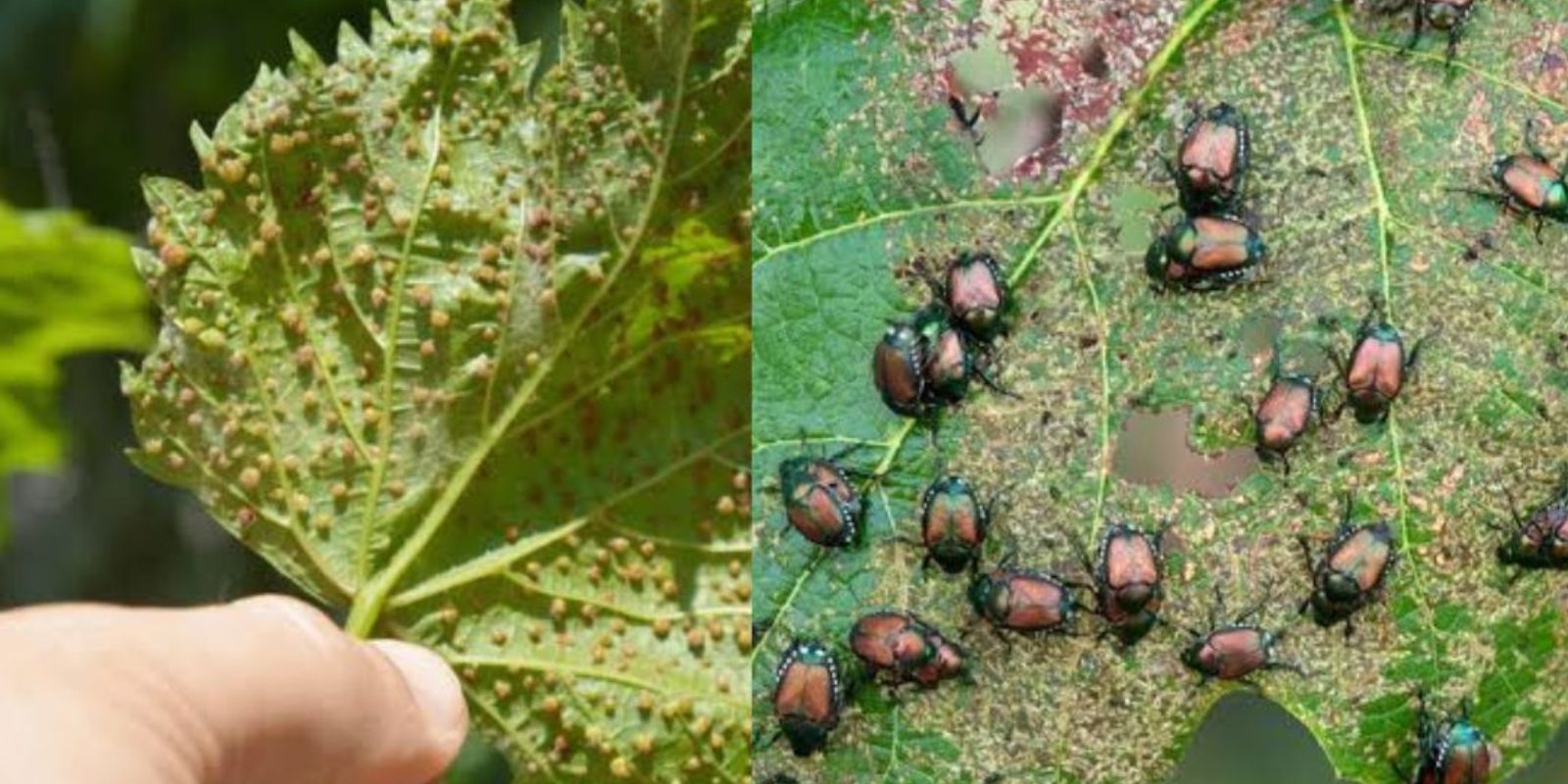Gardening is a fulfilling hobby that connects us with nature, but nothing is more frustrating than finding your beloved plants under attack by pests. From chewed leaves to discoloration, each pest leaves behind specific signs that can tell you what’s wreaking havoc on your garden. Identifying these culprits is the first step to saving your plants and ensuring their health.
In this article, we’ll explore the most common pests that attack plants, the signs they leave on your plants’ leaves, and actionable solutions to eliminate them effectively.
Why Identifying Pests Is Crucial
Every pest behaves differently, and their management requires targeted strategies. Misidentifying pests can lead to applying the wrong treatments, which may waste resources and harm beneficial insects. Learning to recognize the specific damage pests cause can save your plants and promote a thriving, pest-free garden.
Common Pests and the Damage They Cause
1. Aphids: The Sap-Sucking Menace
- Signs of Damage:
Aphids feed by sucking sap from plants, which leads to curled, deformed, or stunted leaves. You may also notice sticky honeydew residue, which can encourage the growth of sooty mold. - How to Identify Them:
Aphids are tiny, pear-shaped insects found in clusters on the underside of leaves or near new growth. They come in various colors, including green, black, and yellow. - How to Control Them:
- Wash them off with a strong jet of water.
- Use insecticidal soap or neem oil.
- Introduce natural predators like ladybugs or lacewings.
2. Thrips and Spider Mites: The Tiny Suckers
- Signs of Damage:
Leaves develop silvery, discolored streaks or spots due to their sap-sucking activity. Mites may also leave behind fine webbing. - How to Identify Them:
Thrips are slender, yellowish-brown insects, while spider mites are almost microscopic and usually appear in dry conditions. - How to Control Them:
- Increase humidity around the plant to discourage mites.
- Apply neem oil or horticultural soap.
- Use sticky traps to catch thrips.
3. Caterpillars, Beetles, and Sawflies: The Leaf Chompers
- Signs of Damage:
These pests chew on leaves, leaving large irregular holes or even skeletonizing them by eating the soft tissue between the veins. - How to Identify Them:
Caterpillars often hide under leaves during the day, while beetles can be seen crawling on plants. - How to Control Them:
- Handpick caterpillars and beetles.
- Use Bacillus thuringiensis (Bt), a natural insecticide for caterpillars.
- Apply diatomaceous earth around plants to deter beetles.
4. Leaf Miners: The Pattern Creators
- Signs of Damage:
Leaf miners leave white or translucent trails or tunnels across the surface of leaves. These patterns are caused by larvae feeding within the leaf. - How to Identify Them:
The trails are distinctive, and you may spot tiny larvae inside the leaf if you inspect closely. - How to Control Them:
- Remove and destroy affected leaves.
- Apply neem oil to disrupt their life cycle.
- Use yellow sticky traps to catch adult flies.
5. Gall Wasps, Aphids, and Psyllids: The Gall Formers
- Signs of Damage:
These pests cause abnormal growths or galls on leaves and stems. Galls may be green, brown, or reddish and vary in shape. - How to Identify Them:
The presence of unusual bumps or swellings on leaves is a clear indicator. - How to Control Them:
- Prune and discard affected areas.
- Encourage beneficial insects like parasitic wasps.
- Maintain plant health with proper watering and fertilization.
6. Slugs and Snails: The Slimy Destroyers
- Signs of Damage:
Large, irregular holes appear in leaves, often accompanied by shiny slime trails. - How to Identify Them:
Slugs and snails are nocturnal, so check your plants early in the morning or after rain. - How to Control Them:
- Use barriers like crushed eggshells or copper tape around plants.
- Set out beer traps to attract and drown them.
- Handpick slugs and snails during the evening.
7. Caterpillars, Tree Crickets, and Spiders: The Leaf Folders
- Signs of Damage:
Leaves appear folded, rolled, or webbed together. - How to Identify Them:
Check inside the folded leaves to find hiding caterpillars, crickets, or spiders. - How to Control Them:
- Gently unfold leaves to remove pests manually.
- Introduce natural predators like birds or beneficial wasps.
- Spray with a natural insecticide like neem oil.
Tips for Preventing Pests
Prevention is always better than cure when it comes to pest control. Here are some proactive steps to keep your plants safe:
- Encourage Beneficial Insects: Ladybugs, lacewings, and parasitic wasps are natural pest predators. Plant flowers like marigolds or dill to attract them.
- Inspect Plants Regularly: Early detection is key. Check your plants weekly for signs of pests or damage.
- Practice Crop Rotation: If you grow vegetables, rotate crops each season to disrupt pest life cycles.
- Keep Plants Healthy: Well-watered, properly fertilized plants are more resistant to pests.
- Use Companion Planting: Certain plants, like basil and garlic, repel pests naturally.
When to Seek Professional Help
If a pest infestation becomes severe or unmanageable, consider consulting a gardening expert or pest control professional. They can recommend targeted treatments to save your plants.
Final Thoughts
Identifying pests based on leaf damage is a skill every gardener should develop. By learning to recognize the signs, you can take swift action to protect your plants and maintain a thriving garden. Don’t let pests get the best of your hard work—stay vigilant, use natural remedies, and enjoy the satisfaction of healthy, pest-free plants.
Have you battled pests in your garden? Share your tips and experiences in the comments below!
🌱✨ #GardeningTips #PlantCare #OrganicGardening #GardenPests #UrbanGardening

